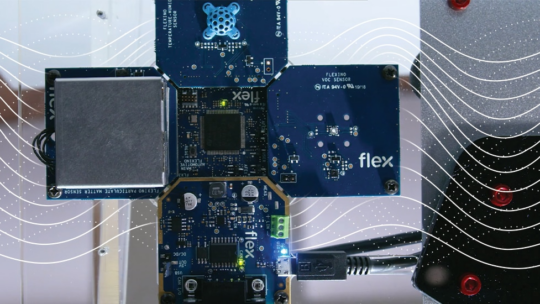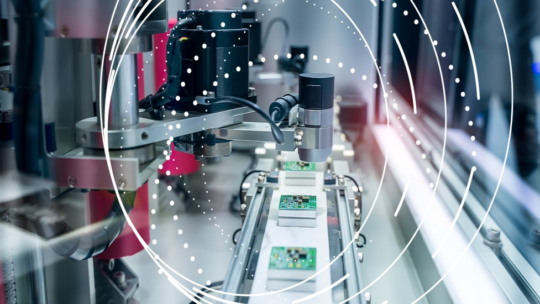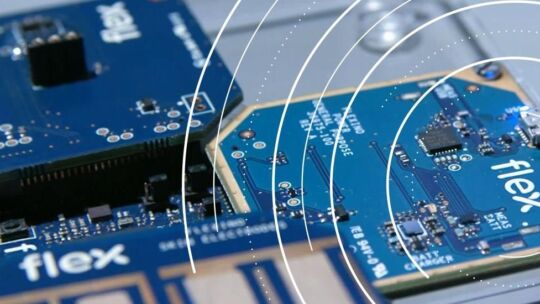
By 2021, nearly 28 billion Internet of Thing (IoT) devices and networks will be able to communicate with each other across a low-latency infrastructure. According to a report from Research and Markets, we’ll have more than 100 billion connected devices, each with a dozen sensors or more, worldwide by 2025. 5G connectivity and AI technology will fuel much of this transformation.

Autonomous cars, biometric screening, wearables, AI-enhanced workplaces, and smart living spaces will change the way we live, work, and play. But behind all the radical innovation are basic manufacturing, data, and infrastructure needs you’ll need to know how to navigate.
The trillion-sensor economy will belong to the companies who’ve prepared for it.
Where’s all this new data going?
One of the most significant changes the trillion-sensor economy will bring is the massive increase in data collection. IoT endpoints generate data that can be collected and analyzed locally or in the cloud. And in order to create real-time analytics based on data collected by sensors, companies will need a low-latency infrastructure in place. Only then will you be able to effectively provide the types of data-driven experiences consumers and businesses will expect.
Now’s the time to be thinking about how your company’s data will be stored in decades to come. One emerging trend is the need for both hyperscale data centers and edge data centers. Together, they provide the type of scalability necessary to handle increased capacity along with localized processing power positioned closer to end users.
The next big thing needs big thinking
Preparing your company, products, and services for the trillion-sensor economy requires a holistic view of all the components involved. It’s an immensely complex ecosystem — a blending of intelligent products, applications, connectivity, and management. And in many cases, all of these elements need to be executed worldwide while accounting for regional differences. Add in the need to protect against privacy threats while maintaining data integrity, and you need to be thinking about each step of the process from the start.
The interconnections involved in developing IoT devices — all while focusing on a go-to-market strategy — require a team that’s been there before and can bring your vision to life.
A partner who’ll help you shape the future
As a global innovator, Flex is prepared to help you dominate the trillion-sensor economy. Working with your ideas, we’ll apply our expertise from end-to-end, which includes concepting and prototyping, manufacturing, supply chain logistics, distribution, and support for IoT devices, platforms, and products.
You’ll be prepared to go to market not only with your product, but also with the data and cloud infrastructure to enable it. Throughout this process, we’ll help you ensure compliance with stringent data security standards and incorporate sustainability into the manufacturing process and supply chain wherever possible. You’ll also get our global perspective that accounts for regionalization at every step, including the ability to navigate complex trade and tax regulations. And you’ll have a partner who’ll apply learnings and help you improve every iteration of your product.
The trillion-sensor economy will be filled with companies around the globe. They’ll be in a race to reinvent long-established verticals such as healthcare, automotive, and industrial manufacturing. But only the best prepared, and the ones who’ve mastered every interconnection, will thrive. Our expertise runs deep, and we can’t wait to help develop your ideas and shape the future.



